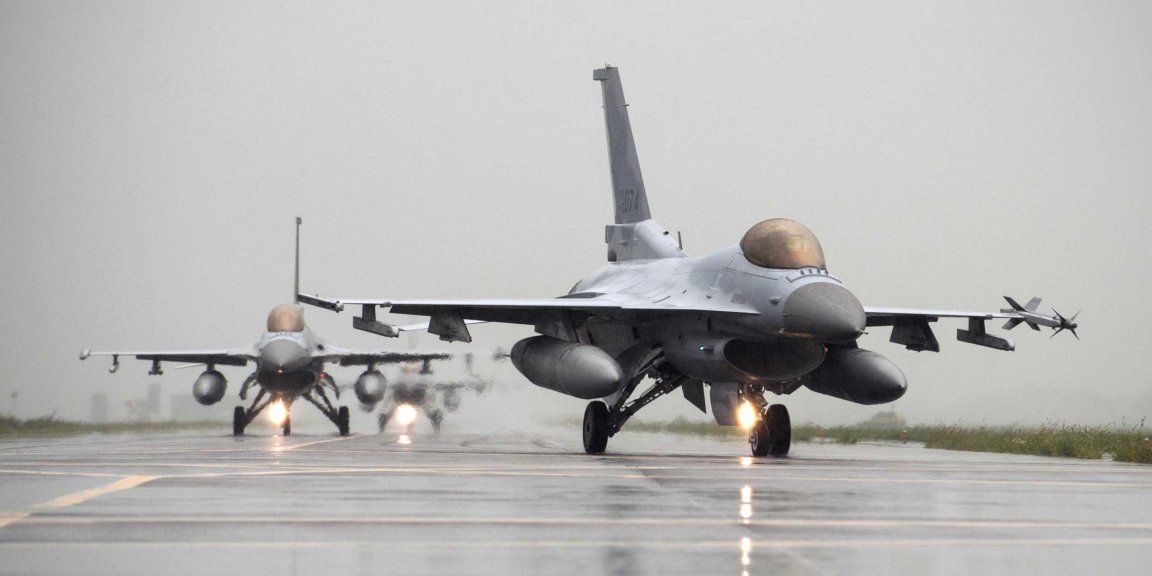
AI Meets Military Intelligence
Artificial intelligence (AI) is able to handle massive amounts of data much more efficiently than an individual or even an entire group of people. This, by extension, means AI can also quickly identify patterns and highlight things of interest — two skills that makes AI an enticing tool to the U.S. Air Force.
As reported by Defense One, Air Force Lt. Gen Jack Shanahan is attempting to integrate AI into the organization’s various tasks. Shanahan, who is also the Director for Defense Intelligence (Warfighter Support) at the Pentagon, launched Project Maven in April, which aims to use machine learning to better utilize drone surveillance footage and turn it into useful information.

Currently, analysts spend a significant number or hours scrubbing through footage to find something of interest. Project Maven, if successful, would reduce the amount of time spent looking at footage and free up military personnel, thereby allowing them to make better decisions based on what the AI finds.
AI has been used for similar tasks before: back in October, a group of astronomers turned to AI to find gravitational lenses — a task that involves people sifting through thousands of images. Machine learning has also been tested to prevent suicide, and used to identify breast lesions that might develop into cancer.
A Desire to Embrace AI
When Project Maven launches in December, it’s expected to have a few issues. That said, Shanahan explains that he and his team intend to continue to develop the project through continued use and refinement. Eventually, it could be used for wargaming or to aid enemies fighting on the battlefield. It may also be just the thing that convinces the Department of Defense (DoD) to further invest in AI.
“The Department of Defense should never buy another weapons system for the rest of its natural life without artificial intelligence baked into it,” said Shanahan at NVIDIA’s GPU Technology Conference earlier this week. Shanahan also sees Project Maven as the start of the Pentagon adopting “prototype warfare,” in which it would look to user engagement and feedback to improve its projects.

“Maven is designed to be that pilot project—that pathfinder—that spark that kindles the flame front for artificial intelligence across the rest of the department,” continued Shanahan. “Everything we’re learning will be applicable to everything else that comes behind us.”
The U.S. military isn’t a stranger to artificial intelligence. In April, the Air Force demonstrated an experimental F-16 fighter jet capable of operating by itself. In May, the U.S. Marine Corp started testing a remote-controlled, machine gun-wielding robot, and expressed a desire to make it autonomous. Of course, it’s no Russian AI missile —meaning the U.S. is going to have to step it up to be a leading competitor in the current on-going AI arms race.